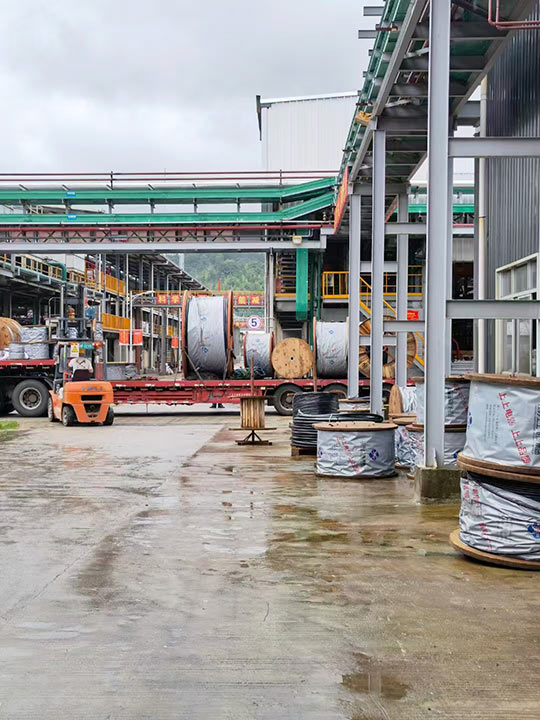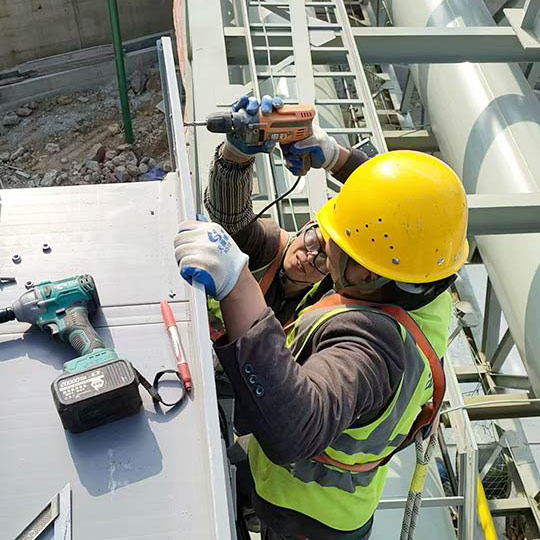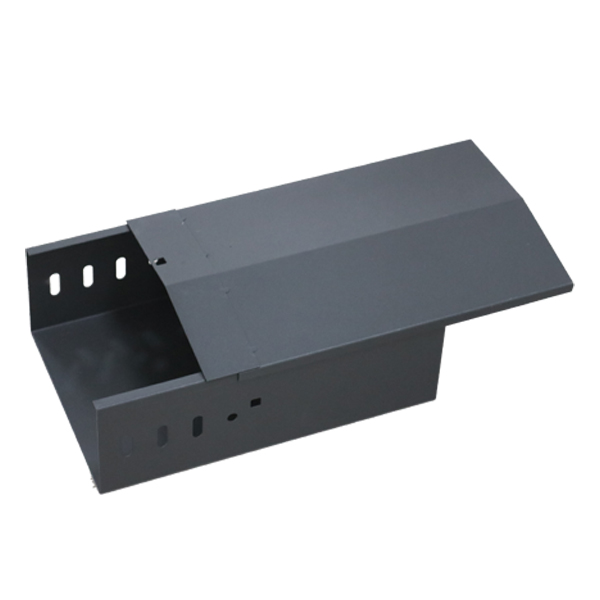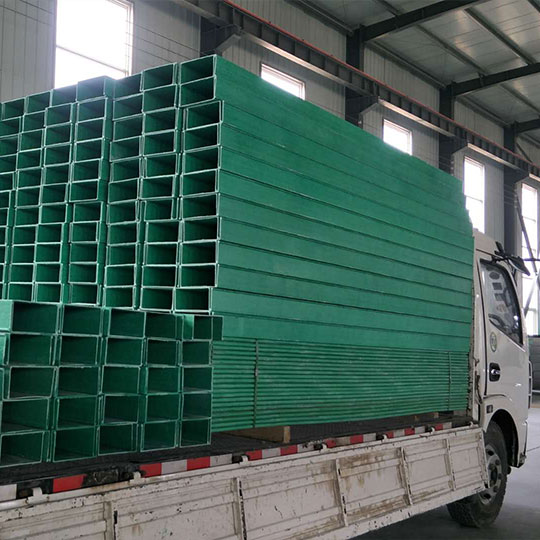Table of Contents
Introduction
Outdoor cable trays play a vital role in supporting and protecting electrical cables in challenging environments. Over time, exposure to sunlight, rain, dust, and chemical elements can compromise their structural integrity and performance. Regular maintenance is essential to extend the lifespan of outdoor cable tray systems and prevent costly electrical failures. In this guide, we’ll explore proven maintenance practices, common issues, inspection methods, and how to ensure safety and compliance throughout the system’s service life.

Why Outdoor Cable Tray Maintenance Matters
Outdoor cable tray systems are continuously exposed to environmental stresses such as UV radiation, corrosion, and temperature fluctuations. Without proper maintenance, these factors can lead to rust, deformation, or cable insulation damage. Effective maintenance ensures:
- Prolonged system life and reduced replacement costs
- Improved cable protection and performance
- Compliance with IEC and NEMA standards
- Prevention of electrical hazards and downtime
According to a 2024 report by MarketsandMarkets, the global demand for outdoor cable management systems is projected to grow steadily due to the rise of renewable energy projects and large-scale industrial installations. Regular inspections and preventive maintenance are critical to maximizing system efficiency in such expanding sectors.
Common Problems in Outdoor Cable Tray Systems
Outdoor installations encounter a range of environmental and operational challenges. The most frequent issues include:
- Corrosion: Caused by exposure to moisture, chemicals, or salt air.
- Loose Fittings: Due to vibration or thermal expansion.
- Water Accumulation: Poor drainage leading to cable insulation failure.
- Dust and Debris Build-up: Can restrict ventilation and trap heat.
- Structural Deformation: Often from overloading or improper installation.
Maintenance Schedule and Inspection Checklist
| Inspection Type | Frequency | Key Focus Areas | Action Recommendations |
|---|---|---|---|
| Visual Inspection | Every 6 months | Corrosion, loose bolts, physical damage | Tighten fittings, clean surfaces |
| Electrical Continuity Test | Annually | Grounding and bonding connections | Replace corroded straps |
| Structural Load Test | Every 2 years | Deformation and sagging | Reinforce supports if needed |
| Coating Integrity Check | Annually | Rust, cracks, or peeling | Reapply anti-corrosion coating |
| Cable Condition | Every 6–12 months | Insulation, cable spacing | Replace damaged cables |
This proactive schedule aligns with international safety standards such as IEC 61537 and NEMA VE 1, ensuring your outdoor cable tray system remains fully compliant and efficient.
Best Practices for Maintaining Outdoor Cable Trays
- Clean Regularly: Remove dust, bird nests, and debris to ensure heat dissipation.
- Inspect Joints and Fasteners: Replace corroded fittings and apply rust inhibitors.
- Ensure Proper Drainage: Use perforated trays or drainage holes to avoid water buildup.
- Monitor Load Capacity: Do not exceed manufacturer’s recommended cable weight.
- Protect Coatings: Use UV-resistant paints or galvanization for long-term durability.
- Maintain Grounding: Check bonding continuity to prevent electric shock risks.
Choosing the Right Materials for Low-Maintenance Systems
The choice of material has a direct impact on maintenance frequency.
| Material | Maintenance Requirement | Durability | Cost Level | Recommended Use |
|---|---|---|---|---|
| Stainless Steel | Minimal | Excellent | High | Harsh outdoor or coastal sites |
| Galvanized Steel | Moderate | Good | Medium | General outdoor environments |
| FRP (Fiberglass Reinforced Plastic) | Very Low | Excellent | Medium | Chemical and humid zones |
| Aluminum | Low | High | High | Lightweight installations |
Yidian’s FRP and stainless steel outdoor cable trays are engineered for extreme weather resistance and minimal maintenance, making them ideal for large-scale industrial and energy projects.
Extending Service Life with Preventive Care
A proactive maintenance plan significantly reduces long-term costs. Consider:
- Applying protective coatings every two years.
- Using compatible accessories like stainless steel clamps and brackets.
- Documenting inspections for compliance verification.
- Training personnel on proper maintenance procedures.

How to Identify Early Signs of Damage
Detecting problems early can save both time and resources. Warning signs include:
- Visible rust or corrosion on trays and fittings
- Discoloration or cracking on coatings
- Unusual cable sagging or misalignment
- Water pooling in tray sections
- Abnormal voltage fluctuations or grounding failures
Conclusion
Regular outdoor cable tray maintenance is key to achieving long-term reliability and safety in electrical infrastructure. By conducting timely inspections, choosing high-quality materials, and following best practices, you can significantly reduce downtime and extend system life.
If you’re looking for durable, low-maintenance outdoor cable trays designed for extreme conditions, contact Yidian today for expert consultation and reliable product solutions tailored to your project needs.
FAQ
How often should outdoor cable trays be inspected?
A general recommendation is every 6 months, with additional checks after severe weather events.
Which materials require the least maintenance outdoors?
FRP and stainless steel are ideal due to their resistance to corrosion and UV exposure.
Can damaged coatings be repaired on-site?
Yes, using approved anti-corrosion and UV-resistant coatings applied after cleaning the affected area.
How do I prevent rust in galvanized steel trays?
Ensure all surfaces are zinc-coated and avoid scratches during installation that expose bare metal.
Does Yidian provide maintenance support or replacement parts?
Yes, Yidian offers both replacement components and long-term maintenance solutions for all outdoor tray systems.



